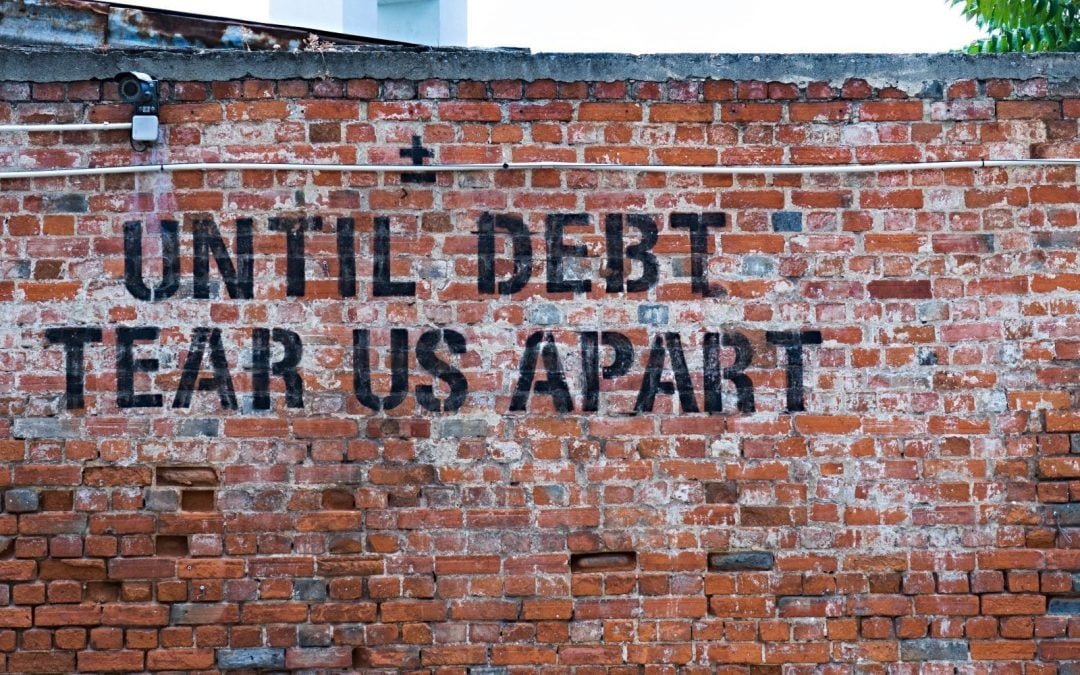Around 20% of student loans offered through U.S. government programs are in default, according to a Pew Charitable Trusts report published Nov. 6.
This means monthly payments for 8.6 million of the 43 million loans provided through such programs have not been made for 270 days or longer.
Even among borrowers who are able to get out of default status, 25% find themselves in default again within the next five years.
Individuals who attended for-profit universities generally default at higher rates than others.
Debates are ongoing, an Oct. 24 Forbes report noted, about what to do about the $1.6 trillion in student loan debt currently held by over 44 million people.
Some, including a former Department of Education official, have proposed canceling either all or significant portions of current loan debt, while others, including Department of Education Secretary Betsy DeVos, have rejected this approach.
While the Department of Education increased the requirements for receiving loan forgiveness in August, Forbes reported on Nov. 12 that the U.S. Department of Education announced it would cancel $10.8 million in loan debt incurred by students who had enrolled at schools affiliated with the now-closed company, Dream Education Holdings.
For the report, Pew partnered with Texas-based Trellis Co. to analyze student loan debt within the Lone Star State to offer a more in-depth look at the current situation facing borrowers.
Trellis analyzed data on student borrowers in Texas whose “loans entered repayment anytime between October 2007 and September 2011.”
“During the years examined, Texas residents tended to be more economically disadvantaged and leaned more heavily on loans to pay for college than students nationwide,” the report said in its data limitations section. “Borrowers who attended four-year public universities were overrepresented in the dataset, and those who attended for-profit colleges were underrepresented.”
What Trellis found was that around 24% of borrowers defaulted within five years of payment being due, and that 21% owed more after five years than they did when their repayment period began.
Among the 45% who had decreased their loan balance, only 22% had not missed or paused a payment during this time period.
Two recent surveys further reveal the significant challenges of student loan debt that millions across the U.S. currently face – it takes an average of 18.5 years to pay off student loan debt, and 39% of respondents would willingly spend a week in jail if it meant their loan debt would be canceled.
An EthicsDaily.com series in August looked at trends in theological education, with one columnist, Jo Ann Deasy of The Association of Theological Schools, addressing student loan debt among seminarians.
“In 2019, 40% of graduating seminary students still had an average of $33,000 debt from previous academic programs while 45% reported taking on an average of $34,000 in additional debt to fund their seminary education,” she said.
Bill Shiell, president of Northern Seminary, noted a similar challenge in his interview with EthicsDaily.com Executive Director Mitch Randall last week at the Baptist General Association of Virginia’s 2019 meeting.
After noting that “most pastors are in seminary with an average debt of $30,000,” Shiell explained that through a combination of scholarships, local church partnerships and monthly payment plan options, the average debt of the 2018 graduating class at Northern was $4,400.
Having recognized the significant strain student loan debt is placing on graduates, a Baptist church in Virginia and a billionaire have made headlines in recent months for their actions to offer relief.
According to an NPR report, Alfred Street Baptist Church in Alexandria committed in February to paying off the debt owed by 34 students, amounting to around $100,000, which would have prevented them from graduating.
A few months later, while giving the commencement address at Morehouse College, billionaire Robert Smith pledged to pay off the student loans for the entire 2019 graduating class. This amounts to around $34 million to cover the debt of more than 400 students.
The full Pew Trusts report is available here. A white paper on student loan repayment is available here.


